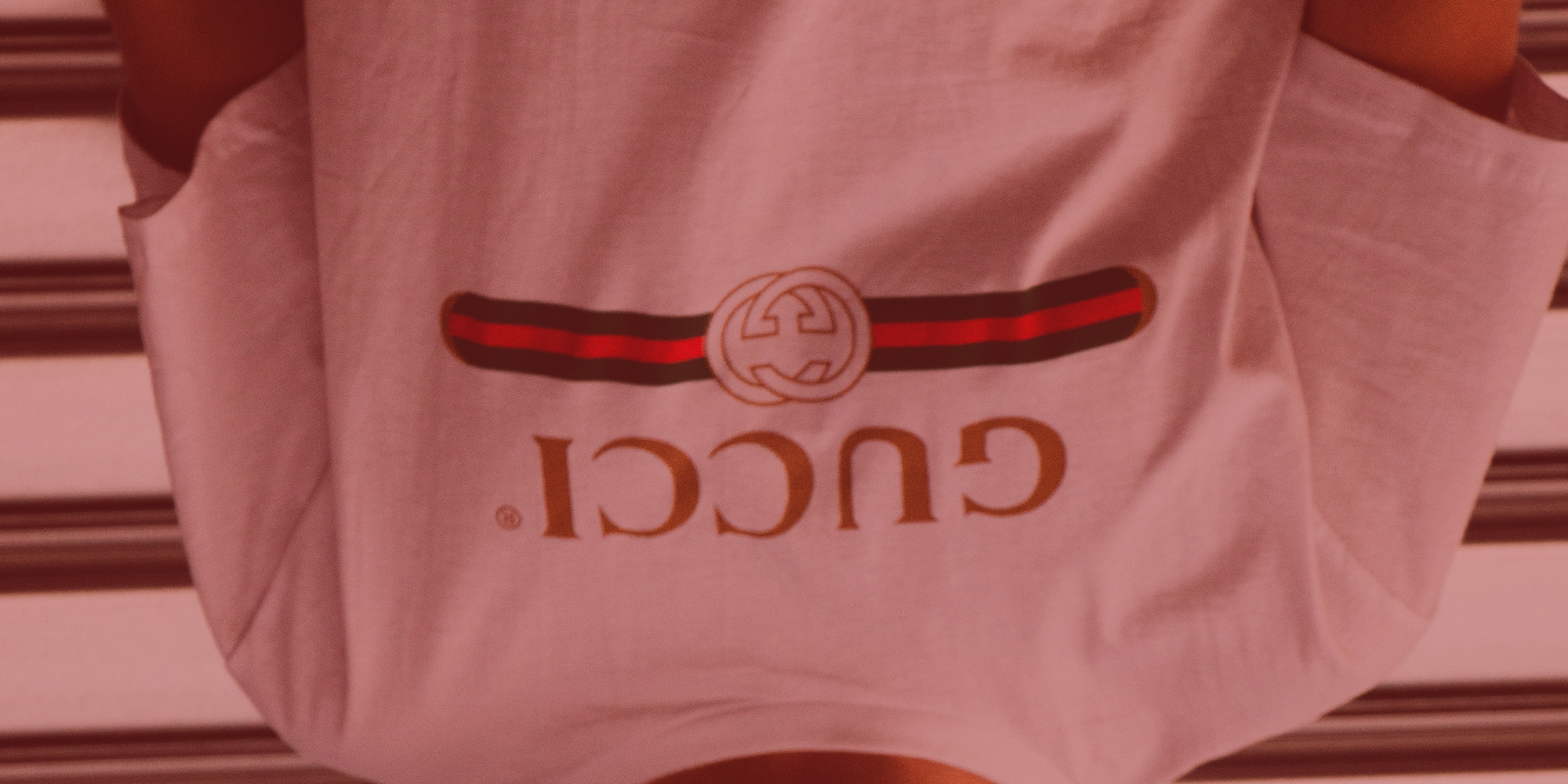
We’ve all seen it before. And again, blackface has been a highlight of the news cycle, though this time for several fashion industry designs.
Prada released a handbag featuring a figurine with brown skin and exaggerated red lips. The doll was reminiscent of old racist dolls like Black Sambo or Golliwogs. Katy Perry’s namesake line also released new black shoes with blue eyes and – again – exaggerated red lips. Gucci’s new black turtleneck features the same lips, with the ability to pull the neck over the bottom half of one’s face, giving them a black mask.
A few weeks earlier, Virginia Governor Ralph Northam experienced a cloud of controversy regarding his yearbook page, which included an image of a man in blackface next to a man in a Klu Klux Klan costume. Northam said this wasn’t him in the photo – but he did admit to having worn blackface in the past.
This has sparked a debate about whether people coloring on or wearing paint masks and clothing that represent black or brown people should be held accountable.
Some see it as a costume; just a way to represent a figure or celebrity that happens to be a black or brown person.
The issue with this line of thought is that due to the historical context surrounding blackface, it’s simply impossible to remove the practice from its hateful past in any form or fashion. Any variation of blackface is equally as unacceptable, and good intentions don’t negate the insensitivity and insulting nature of imitating black skin.
Simply put, there is a line. Wearing afros or “gangsta” outfits and fake chains are in their own questionable realms of imitation as a form of flattery, but blackface is an insensitive reminder of a time when the nation generally characterized the black race as lazy, incompetent and sexually aggressive criminals.
It was the demonization of black people in early films using blackface that helped spread and solidify these negative preconceptions that black people still face today. This is why blackface still remains an insulting symbol and a reminder that at one point the president of the United States himself called the racist imagery of “Birth of a Nation” “so terribly true.”
In 2018, H&M released a “Coolest Monkey in the Jungle” hoodie. This hoodie sparked controversy because it was modeled by a black child. The company quickly apologized and pulled it from their line, but it still reveals larger issues within the organization.
All of the controversial products from Prada, Katy Perry Collections, Gucci and H&M have since been removed from the market and apologies have been issued, yet the larger problem still remains: The companies lack the diversity and sensitivity to catch these problems before they hit the market.
Even if the branding and marketing of the products aren’t racist, the lack of social competency by the companies that sell them reflect racial ignorance at the least and malicious racism at the worst.
It doesn’t take a black person to recognize that certain images are inherently offensive and therefore should be avoided. People of color shouldn’t be the only ones capable of shining light on racist symbolism, nor should any group. Shopping with companies that lack decision-makers who have compassion for disenfranchised groups should be identified and avoided.
